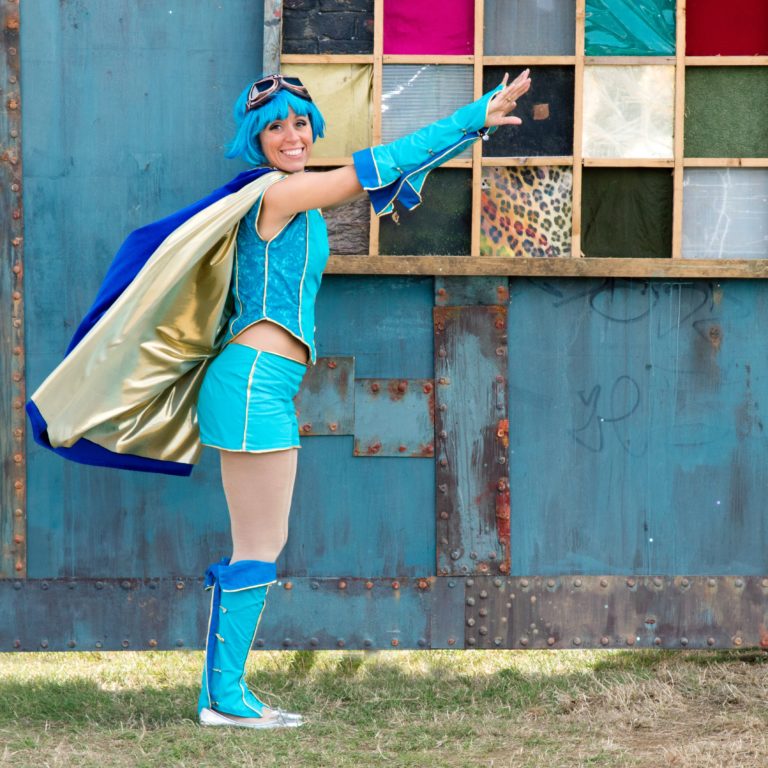4 Steps to Build a Dementia Care Support Team

The most crucial advice given at the time of a diagnosis of dementia is to build a dementia care support team. Many families do not do this. Here is how to get started.
Forty-five million individuals care for another adult person and 83% of those millions are family, friends or unpaid caregivers! Wow!! I doubt that surprises you as you are likely one of them or seeking help for one of them. How can you do it? How can you keep doing it? Is there a better way? I’m so glad you asked!! There is! Build a dementia care support team!
Build a team – it is worth repeating. Those that accept help into their lives fare better and enjoy the journey of dementia more. Together in Dementia! Statistics on the toll that being a caregiver, physically and emotionally, can be turned around by seeking and accepting help.
How to build a dementia care support team
- Let it happen
As with many aspects of dealing with dementia, the first step is a shift in our mindsets. We don’t ask for help for a host of reasons. We often feel weak when we ask for help. Joan Halifax, PhD, a Buddhist monk performs an exercise where a person is blindfolded and led by another on a walk. Each person takes a turn being leading and being led. When led, the people noticed they felt weak and feeble. It’s understandable that you are reluctant to ask for help then…if it makes you feel weak.
Now, let’s reframe that. First, sit quietly for just 3 minutes and recall when you have been asked for help by another. How did you feel? Honored to be asked? Excited that your gifts and talents are appreciated? Loved so much by the other that they had the courage to ask you? And when the other thanked you for your help, filled by the gratitude and appreciation expressed? Most people feel good helping others – it brings out feelings of strength, openness and love.
Second, journal briefly (5 minutes) any benefits you can recall or imagine from being helpful to another.
Finally, with the recent personal reflection and list of benefits, acknowledge that asking others can be a benefit to them and resolve to let their help in.
- Brainstorm ideas
You will need pencil, paper and the timer again. Brainstorming can be done alone, but if you have anyone else around, make it a group activity (as it was originally designed, as one member’s idea may trigger another idea from the group)! Brainstorming is the process of rapidly generating ideas to solve a problem or think in a new way. There are a few helpful rules: 1) think of as many ideas as you can – the key is quantity! 2) withhold criticism – the point of the exercise is to expand thinking. 3) Wild ideas are welcome here – it is easier to reign in a wild idea than to expand a simple idea. 4) combine ideas to spur the generation of even more ideas.
You may need two brainstorming sessions – what type of help you could benefit from and then, either from that list or the top picks from that list, who or what could make that happen. You know your situation, so you can decide.
Ready, set, go ……set the timer for 10 minutes and let your imagination go. If you run out of ideas, just doodle or keep your pen moving while you wait for another idea to hit. Use a few prompts if needed – who can help? What kind of help do I even want? Who are they helping? Food (shopping, cooking, prepping)? Cleaning (inside, outside)? Activities? Driving? Medicine? Yard work? Handy-man chores? Emotional support? Respite care?
Once you have your brainstorming idea done – begin to organize the list around types of help.
Finally – prioritize what would be most helpful to you from this list in order of importance to you. Where would you get your most benefit? Pick your top 3.
- Act on one idea from the list- keep it small and doable. Make a plan so that you know the who, what, when, and why of your ask.
Consider this building your “asking” muscle.
Who will you ask for help from the list?
How will you ask them? Phone call, email, text message? What is easiest for you?
Can you script the “ask” so that you can get beyond any nervousness that may come up?
What can happen from here? They say yes and you’ve begun to build the first person to your caregiving team. Time to celebrate!!
What if they say no? Realize that they are not rejecting you, but have to prioritize their own lives. This part can be tough, because none of us likes rejection. But we are not children anymore and we can handle a tiny bit of rejection. Thank them for allowing you to ask and move down your list.
- Feel the success
Once you’ve found some help, review your list and build another aspect of help. Make this a weekly activity. It will take some time, but by building your team, you will be saving yourself time and energy (physical, emotional and spiritual) down the road. Maybe you could even ask someone to help you find help, using your list!
Wrapping It Up
Care partnering can be stressful, but several studies show that focusing on the positive aspects allows us to offer love and support without self-harm. Building a team, allowing others to help you (and therefore help themselves with the good feelings that come with helping), creating a community of love and caring and expanding your support system can be done in small, but significant steps. Progress, not perfection. Together in Dementia.
Finally, for tips on how to help you as the helper, sign up here.






Thank you for caring. I really need something like this. We are just seeing the angry side now. Like throwing things etc.
My mom has been diagnosed with moderate cognitive impairment but hasn’t been thoroughly evaluated by a neurologist or neuropsychologist. Her short-term memory is shot, but she responds well to whatever’s going on in the moment. One brother has completely moved in with mom to care for her full-time, and I want to help him build a “care-team.” The problem is, only three of the six siblings live near Mom, and one of them wants complete control and is fighting against the involvement of the other two. Is it possible to even include a contentious family member in a care team? The rest of us see problems with aggressive communication, and bullying. Seniors Helping Seniors is visiting Mom for the first time this week. So that’s a start. I am willing to do organizing and research on behalf of my siblings. Any suggestions would be very welcome. Thank you!